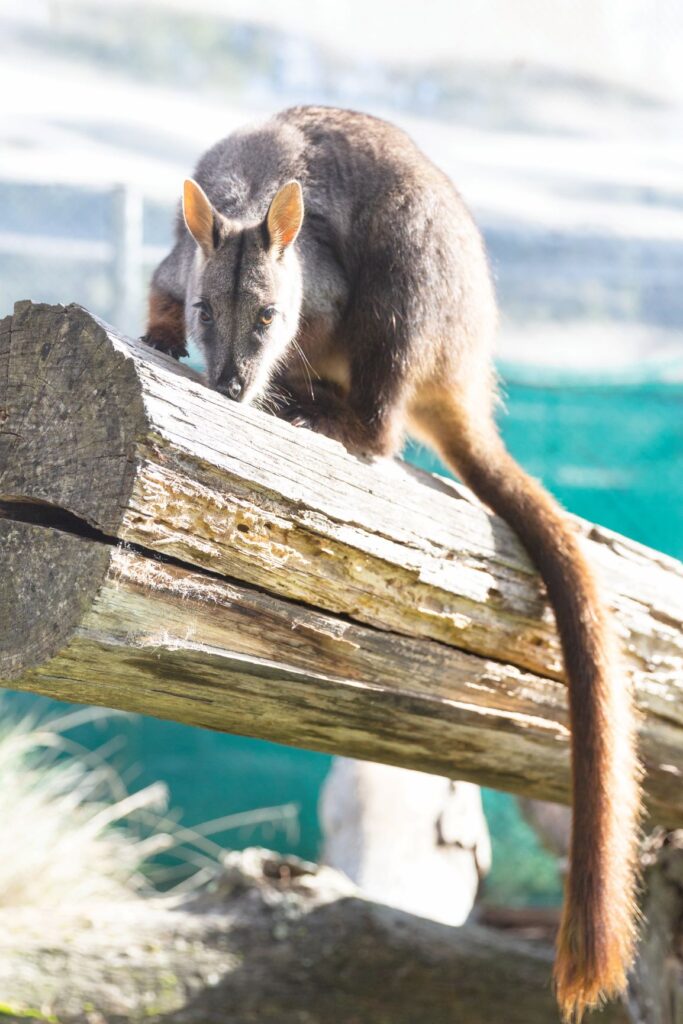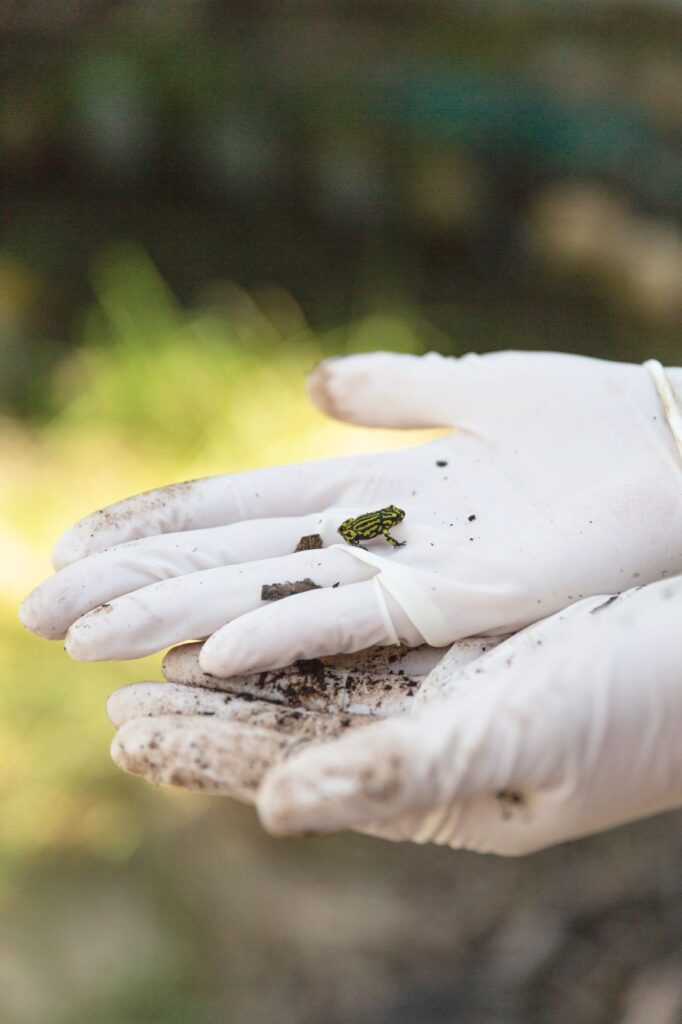It beat out the Eastern Bettong to be named the new mammal emblem for the ACT and now the Southern Brush-tailed Rock-wallaby is fighting towards reintroduction into the wild.
Tidbinbilla Nature Reserve manages a breeding program for the Southern Brush-tailed Rock-wallaby which started in 1996.

According to Nicole Hill, team leader, threatened species team at Tidbinbilla, “initially their numbers were so low that the main focus was to build up a captive insurance population as quickly as they could”.
There are around 30 Southern Brush-tailed Rock-wallabies at Tidbinbilla – the largest population in captivity, according to Nicole. In the wild, the last remaining stronghold is in East Gippsland, Victoria. While Nicole says their population is estimated to be increasing, there are currently about 40 in the area.
Nicole attributes innovation to the success at Tidbinbilla, including cross-fostering to speed up the breeding process, while a new enclosure is also set to benefit the species.
Announced in May last year, $650,000 has been allocated to support reintroduction into the wild. It is a joint project between the ACT Government and Zoos Victoria, with funding support of $80,000 from the Australian Government’s Threatened Species Recovery Fund.
The new enclosure is a 120-hectare site and has been selected to meet the habitat requirements for the Southern Brush-tailed Rock Wallaby.
“They will have to find their own food, pick their own mate, do everything like they would in the wild. The only thing that’s missing is cats and foxes,” she says.
It is hoped to release a population of 25 into the site by 2021 and then see what happens.
“We have hand selected each individual wallaby in the group of the 25 we are going to put out to have the healthiest genetics that we can possibly get,” Nicole says. The aim is to have the species breed to about 100 before working towards reintroduction to the wild.
“Reintroductions traditionally they are a thing we haven’t nailed down an exact formula for and they are the most important part of any breeding program,” Nicole says.
Watching how the wallabies interact in the new enclosure will provide valuable data to assist in finding a site for reintroduction to the wild and “what they need for the best chance to survive”.

In addition to the Southern Brush-tailed Rock Wallaby, Tidbinbilla also has endangered species breeding programs for the Eastern Bettong and the Northern Corroboree Frog.
A key aim of the recovery program for Northern Corroboree Frog is to release captive-bred frogs back to sphagnum moss bogs in Namadgi National Park.
Anecdotally, Nicole says there used to be an abundance of the Northern Corroboree Frog in Namadgi with people describing seeing a “moving carpet”. However, by 2002 there was only 5% of the population left.
In 2003, eggs were collected from two different sites to set up an insurance population due to concern the species was going to disappear.
At the time it was not known what was causing the frog numbers to decline, however it has since been attributed to disease caused by the introduced Chytrid fungus.
Part of the recovery program is the construction of ring tanks, outdoor enclosures at Tidbinbilla, to raise and breed the frogs in conditions that more closely resemble what they experience in the wild.
Rachael Loneragan, project officer for the Northern Corroboree Frog breeding program, says the ring tank is already showing promising results. Thirty-three frogs were released into a ring tank in early 2018 with the highest count in one survey of 10 froglets.
“Given it took five years to breed them [2008 was the first year the species bred in captivity] it’s amazing that they’ve bred in less than a year in this ring tank,” Rachael says.
For more:



